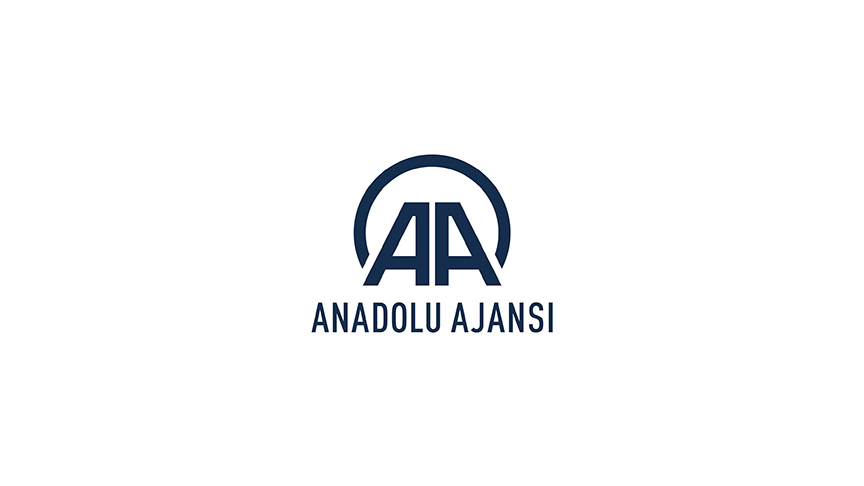
By Denise Hruby
PHNOM PENH, Cambodia
Around a thousand people from Cambodian government institutions, experts and aid workers as well as community members gathered Sunday to shine a light on a variety of issues faced by the country's indigenous peoples -- including access to modern health care.
At the meeting, held in southern Koh Kong province and organized by the NGO Forum with support by the Ministry of Rural Development, activists and community members sought to promote the rights of the country's 24 indigenous groups.
As most of the 300,000 indigenous peoples live in highlands in the remote northeast, the closest health care center or hospital is often hours away.
Communities like the Jarai and Mnong are known for their traditional medicine, made of roots and other produce the forest provides, but more serious ailments need to be treated by medical professionals, the executive director of the NGO Forum of Cambodia told Anadolu Agency.
“We hope that after this conference, the government will pay more attention to indigenous peoples health care,” Tek Vannara said in an interview. “There are illnesses they can not treat with traditional medicine, but the health care centers and hospitals are too far away for them to reach.”
In the research paper “Health inequities of indigenous peoples and ethnic and cultural minorities – Turning the tide through the post-2015 development framework,” the authors argue that governments worldwide need to improve access to health care for indigenous communities, who are often disadvantaged due to cultural and financial hurdles. It cites Cambodia's Ratanakiri province as an example.
“In the northeast of Cambodia [indigenous peoples] have a significantly poorer health status than other Cambodians,” according to the paper. “Child mortality rates in Ratanakiri are the highest in Cambodia with the infant mortality rate at 187 per 1000 live births. This is twice the national average of 95 per 1000 live births.”
Over the past decades, rapid development and new agricultural policies, most importantly the granting of vast economic land concessions (ELC), has put further pressure on the livelihoods of indigenous communities.
“Land grabbing, especially with ELCs, which is a major cut to their livelihoods. The use of natural resources is a big issue,” Tek said.
Indigenous communities, who constitute around 1.4 percent of the population, speak their own languages and follow traditional beliefs that often center around forests – believed to be home to powerful spirits.
“Land grabbing is worse for indigenous because their land is more important to them. They depend on the land for their livelihoods and it is also the basis of their traditional culture and religious beliefs,” he said.
ELCs, granted to powerful tycoons and foreign companies, cover around 2 million hectares of land and are estimated to have had a negative impact on the livelihoods of about half a million Cambodians.
A recent study by the University of Copenhagen found that ELCs caused household income to dip between 15 and 19 percent.
Anadolu Agency website contains only a portion of the news stories offered to subscribers in the AA News Broadcasting System (HAS), and in summarized form. Please contact us for subscription options.

